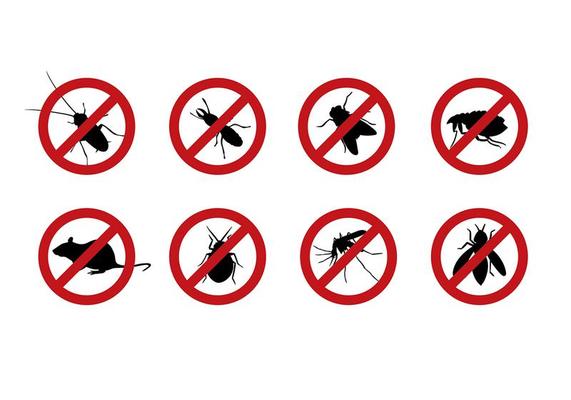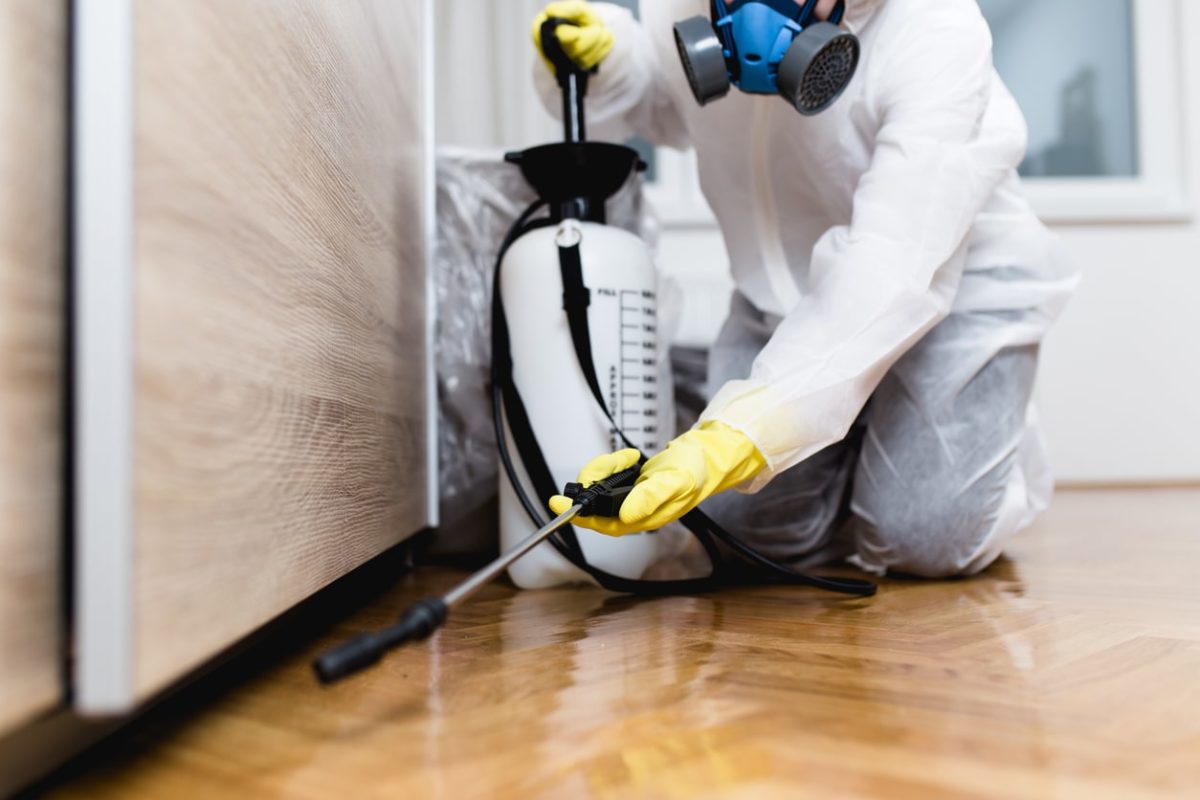Checking Out Problem and Treatment Strategies in the Globe of Insect Control
The landscape of bug control incorporates a myriad of difficulties, especially as problems of usual household pests continue to develop. By incorporating preventative measures with advanced administration methods, such as Integrated Bug Monitoring (IPM), home owners can better safeguard their environments.

Typical Family Vermin
When it involves handling our living rooms, recognizing usual household pests is important. These bugs not only disrupt our comfort but can also pose health threats and damages property. One of the most widespread house bugs consist of ants, cockroaches, rodents, termites, and bed pests.
Ants, often seen foraging in kitchens, can infect food and develop big nests. Cockroaches, recognized for their strength, can activate allergies and spread pathogens. Rats, consisting of mice and rats, can cause architectural damages and carry diseases like hantavirus and salmonella. Termites, often described as "quiet destroyers," can compromise the honesty of wood structures, bring about pricey repair work. Bed insects, although not disease service providers, can create significant pain through their attacks and cause psychological distress.
Identifying the signs of these pests, such as droppings, nests, or attack marks, is necessary for early treatment (Pest Control Lockhart). Proper hygiene practices, securing entry points, and preserving a clutter-free environment are efficient preventative measures. By determining these common home parasites and comprehending their actions, property owners can take proactive actions to mitigate invasions, ensuring a healthier living setting
Understanding Bug Infestations
Pest invasions can intensify quickly, transforming a minor annoyance into a significant issue otherwise resolved quickly. Recognizing the nature of these infestations is important for reliable monitoring. Pests can invade property and industrial rooms for various reasons, including the look for food, sanctuary, or reproducing premises. Usual variables contributing to infestations include bad cleanliness, architectural susceptabilities, and seasonal adjustments that drive parasites inside.
Determining the type of insect is vital, as different species show diverse actions and reproductive rates. Rats may establish nests in hidden locations while bugs like cockroaches grow in wet atmospheres. Early detection often pivots on identifying indications such as droppings, nibble marks, or unusual audios, which can suggest a problem prior to it ends up being severe.
Cozy, damp environments can facilitate the rapid growth of bug populations, while modifications in landscape design or building can accidentally create favorable settings. An informed method to recognizing these characteristics lays the groundwork for efficient bug management methods in the future.
Therapy Approaches and Techniques
Efficient therapy approaches and techniques are vital for minimizing parasite invasions and bring back a risk-free atmosphere. A complex strategy is frequently best, integrating chemical, organic, and mechanical approaches customized to the particular bug and the intensity of the problem.
Chemical therapies consist of making use of pesticides and herbicides, which can properly remove pests. Proper application and adherence to security guidelines are vital to lessen threats to people and non-target organisms. Integrated Insect Management (IPM) encourages the wise usage of chemicals as a last option, depending instead on tracking and threshold degrees to establish treatment requirements.
Organic control techniques entail presenting natural predators or bloodsuckers to reduce bug populations. This strategy is progressively prominent, especially in farming settings, as it advertises environmental sustainability.
Mechanical approaches, such as traps and obstacles, offer prompt remedy for bugs without introducing chemicals. Alternatives include sticky traps for pests or physical obstacles for rodents.
Inevitably, the choice of therapy method need to think about the specific parasite, the setting, and potential influences on human health and communities. A well balanced combination of these approaches can efficiently handle problems while promoting long-lasting bug control solutions.
Precautionary Procedures for House
Proactively addressing insect problems prior to they rise is vital for maintaining a healthy home atmosphere (Pest Control Lockhart). Applying effective precautionary actions can significantly decrease the probability of invasions, inevitably guarding both your home and wellness

Correct landscape design likewise plays an important function in prevention. Keeping shrubs and trees cut away from the residence minimizes the possibilities of insects finding their means inside. image source Moreover, make sure that drain systems are functioning efficiently to avoid standing water, which can attract in mosquitoes and other pests.
Last go to the website but not least, routine inspections are suggested. On a regular basis inspecting for signs of pest task enables very early intervention. By taking on these precautionary measures, home owners can produce a setting that is much less hospitable to parasites, thus enhancing their general quality of life and minimizing the need for substantial pest control treatments.
Business Insect Control Strategies
A detailed approach to commercial bug control is necessary for companies intending to maintain a safe and sanitary environment. Efficient approaches involve a mix of routine evaluations, employee training, and the implementation of Integrated Bug Administration (IPM) practices.
Normal evaluations allow very early discovery of pest activity, enabling timely intervention. Services should develop a routine timetable for these analyses, concentrating on risky areas such as kitchens, storeroom, and waste disposal sites. Employee training is similarly critical; team should be educated on the indications of insect invasions and the importance of reporting them right away.
Carrying out IPM methods aids minimize parasite concerns sustainably. This consists of environment alteration, such as securing access factors and lowering mess, along with using all-natural deterrents prior to turning to chemical treatments.

Furthermore, working together with an accredited bug control copyright makes certain accessibility to professional understanding and advanced therapy alternatives. This collaboration can cause customized pest control intends customized to the details requirements of business, lessening risks and enhancing total efficiency. Eventually, a positive and informed approach fosters a pest-free environment, guarding both public health and wellness and company reputation.
Verdict
In conclusion, efficient read the article parasite control necessitates a detailed understanding of common home bugs and their behaviors, coupled with targeted treatment approaches. Implementing precautionary procedures along with treatment techniques such as Integrated Bug Monitoring and biological control enhances the capability to minimize infestations.